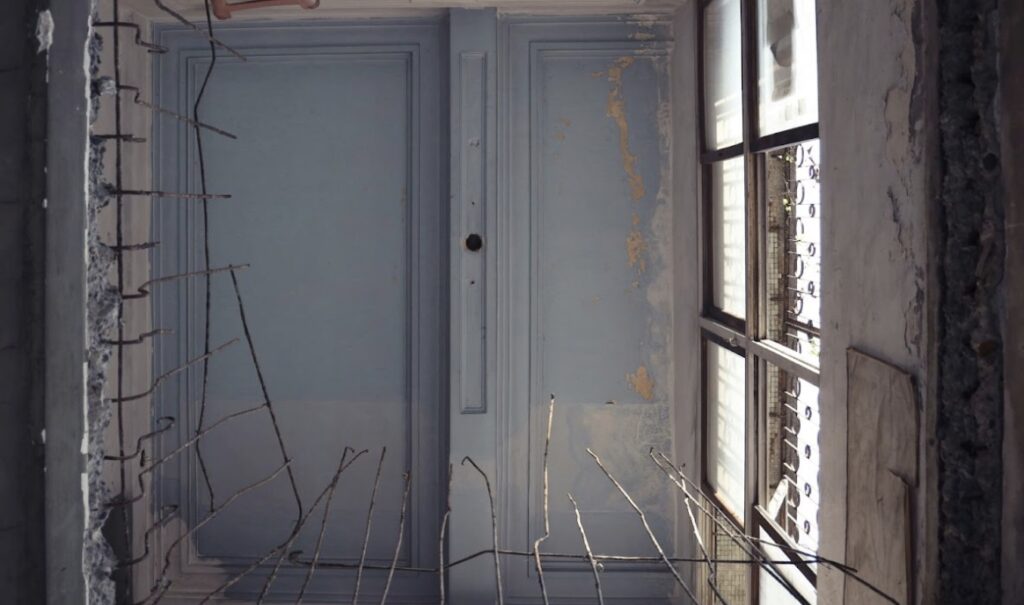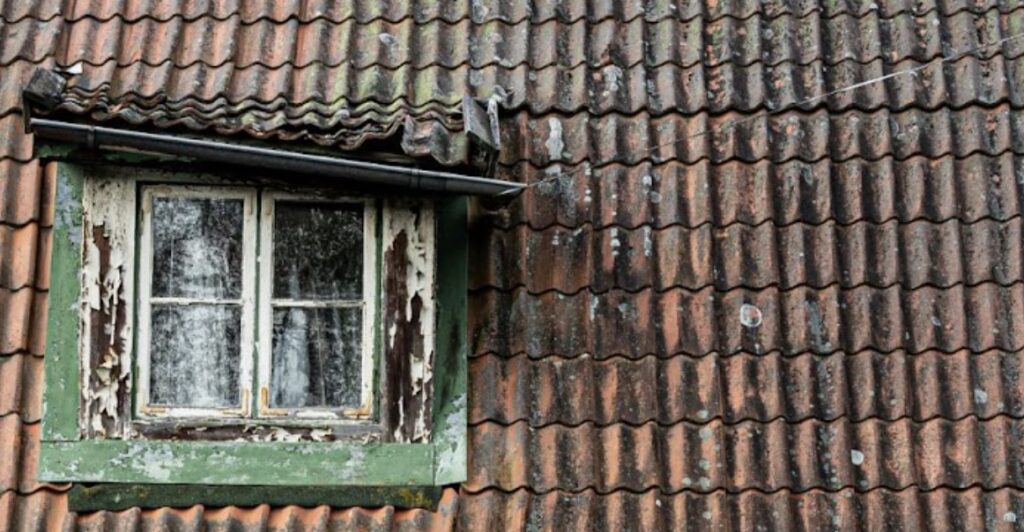An asbestos Refurbishment & Demolition (R&D) survey is a fully intrusive inspection designed to locate all asbestos-containing materials (ACMs) that could be disturbed during building works.
Under the Control of Asbestos Regulations 2012 (CAR2012), it is a legal requirement before any structural refurbishment or demolition begins. Skipping an asbestos R&D survey puts health at serious risk, exposes duty-holders to prosecution, and can lead to costly project delays if asbestos is discovered mid-works.
Asbestos Legal Requirements & Triggers
Asbestos refurbishment & demolition surveys are mandated under CAR2012 and guided by HSG264, which are legally required before any refurbishment, demolition, or change of building use.
This includes projects like office fit-outs, warehouse conversions, or stripping retail units. Even temporary or partial refurbishments require a targeted asbestos survey in the affected area. Some commercial property purchases may also trigger an asbestos refurbishment & demolition survey under due diligence or lender compliance checks.
Purpose and Scope of Asbestos Refurbishment & Demolition Surveys
The main aim of an asbestos refurbishment & demolition survey is to locate, sample, and quantify all ACMs within the specific area of planned works. The scope is tied directly to the asbestos refurbishment or demolition plans and does not cover the entire building unless works are full-scale.

This process ensures only relevant areas are surveyed, reducing disruption while still providing complete compliance. The findings of the asbestos survey enable safe planning and execution of construction activities.
How Asbestos R&D Surveys Differ from Management Surveys
Asbestos refurbishment & demolition surveys differ from management surveys in both approach and intent. Here’s how they compare:
| Aspect | Management Survey | Asbestos R&D Survey |
|---|---|---|
| Scope | Whole building (accessible) | Area of planned works |
| Sampling | Visual + minimal sampling | Full sampling via destructive access |
| Outcome | Risk-rated ACM register | Pre-work asbestos clearance |
| When to Use | Occupied buildings | Before refurbishment/demolition |
Asbestos Pre-Survey Review & Planning
Before the asbestos refurbishment & demolition survey begins, duty holders should gather architectural drawings, previous asbestos reports, and detailed refurbishment specifications. These documents help define survey boundaries.
It’s essential to coordinate with project teams to avoid missed areas. A site-specific Health & Safety plan must be prepared, outlining hazards, access protocols, and emergency contacts, to ensure a safe and efficient asbestos survey process.
On-Site Asbestos R&D Survey Methodology
The key aspects of on-site asbestos surveys related to refurbishment and demolition are characterised by the following workflow:
- Intrusive inspection – Surveyors remove panels, ceiling tiles, floorboards, and fixtures to access hidden voids and structural layers where ACMs may be concealed.
- Bulk sampling strategy – Multiple samples are taken from each suspect material type, using wet methods to suppress dust. Full PPE and decontamination procedures are followed to protect the team and site.
- Condition & friability assessment – Each ACM is rated by how easily fibres can become airborne. Materials are classified as bonded (non-friable) or friable and scored for condition and disturbance risk.
- Health & safety controls – Safety measures include FFP3 respirators, disposable coveralls, signage, exclusion zones, and emergency procedures for potential fibre release incidents.

Laboratory Analysis & Quality Assurance of Asbestos R&D Surveys
Samples from the asbestos refurbishment & demolition survey are tested in UKAS-accredited laboratories using polarised light microscopy (PLM) as the standard method.
For complex or low-fibre asbestos content samples, scanning or transmission electron microscopy (SEM/TEM) is used. Strict chain-of-custody procedures ensure legal traceability from site to lab.
Quality assurance of asbestos surveys includes duplicate testing, method validation, and analyst accreditation. Turnaround times typically range from 2 to 5 working days.
Report & Register of Asbestos Refurbishment and Demolition Survey
A comprehensive asbestos refurbishment & demolition survey report and register includes:
- Executive summary – Key findings and immediate actions summarised for quick reference.
- Site methodology – Details on inspection approach, sampling techniques, and access strategy.
- Annotated floor plans – Marked layouts showing precise ACM locations within the survey area.
- Photo log of ACMs – Visual evidence of each identified material, labelled and dated.
- Laboratory results – Analytical data identifying fibre types, concentrations, and accreditation.
- Asbestos register – A structured log noting material location, description, condition score, and recommended action (e.g., remove, encapsulate).
- Distribution requirement – Must be circulated to all relevant project stakeholders and stored in the building’s health and safety file.
Post-Survey Asbestos Decision-Making
Once the asbestos refurbishment & demolition survey report is reviewed, the duty holder must decide whether to manage ACMs in place or schedule licensed asbestos removal. This decision depends on risk level, accessibility, and project timeline.
For high-risk asbestos materials, immediate removal is typically required. Removal works during the asbestos survey should be planned around project milestones, with costs factored in—ranging from a few hundred to several thousand pounds depending on scope.
